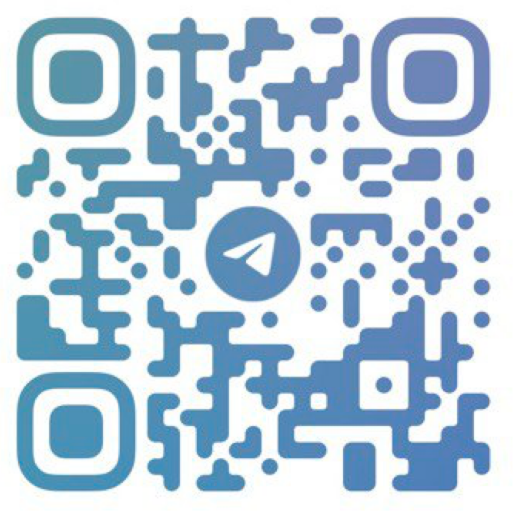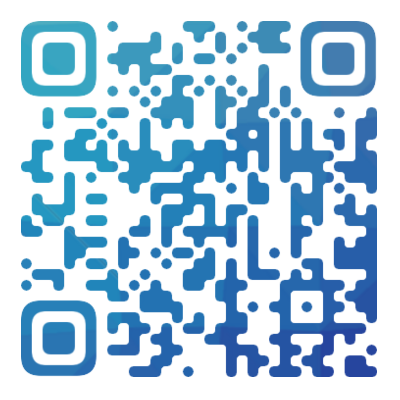Exploring the Future of Web3 and Social Interaction
Exploring the Future of Web3 and Social Interaction
I. Introduction
In today's digital era, Web3 is emerging as a pivotal concept shaping the future of the internet. Unlike traditional internet models, Web3 represents not only technological innovation but also a transformative wave. It shifts the internet from a centralized information delivery platform to a decentralized network of value exchange. Social interaction, as a fundamental mode of human communication, plays a vital role in this evolution. Social media is no longer merely a tool for sharing information; it has become a medium for connection, innovation, and value transmission. This article delves into the integration of Web3 and social interaction in the digital age and the limitless possibilities this integration holds for the future.

II. Web3: Pioneering a New Era of Social Interaction
The evolution of social interaction is rapidly unfolding, with Web3 technology serving as a powerful driving force. Innovative technologies such as virtual reality (VR), augmented reality (AR), and non-fungible tokens (NFTs) are redefining connections and interactions between individuals.
VR and AR technologies break down the barriers between reality and the virtual realm, leading social interaction into deeper realms of experience. In virtual reality, individuals can create immersive virtual environments for interaction, entertainment, and creation with friends. Augmented reality overlays digital information onto the real world, expanding the possibilities for social interaction, from real-time geographic tagging to social activities in virtual reality. These technologies facilitate unprecedented forms of connectivity.
NFTs, representing digital assets, also play a crucial role in social experiences. NFTs grant unique ownership of digital items, enabling creators to establish close connections with their fans and fostering deeper social engagement. This digitized form of collecting and interacting extends beyond traditional social interaction, ushering in a novel way of creation and connection.
In the Web3 era, social experiences will become more immersive and authentic. VR and AR technologies will enable people to communicate, interact, and create in digital environments that feel real, regardless of physical distance. NFTs introduce greater personalization, allowing individuals to express their uniqueness and identity through digital assets. In essence, social interaction will no longer be confined to textual and image-based platforms; it will evolve to become richer, immersive, and more meaningful, forging deeper connections and interactions. This is the bright future of social interaction in the Web3 era.
III. User Governance and Social Innovation
User governance plays a pivotal role in social platforms, marking a shift from passive reception to active participation and collective decision-making. This transformation not only empowers users but also fuels the advancement of social innovation.
The significance of user governance in social platforms cannot be underestimated. Firstly, it imbues social platforms with democratic and inclusive traits by transferring decision-making power from centralized institutions to users. This empowers users to partake in shaping social rules and platform development, creating an environment that aligns with diverse user needs.
Secondly, user governance drives social innovation. User involvement in rule-making introduces fresh ideas and suggestions, propelling ongoing innovation and evolution of social platforms. Since users understand their needs, their participation leads to practical innovations that enhance the quality of social interaction.
Additionally, user governance helps reduce abuse and unfair practices. Collaborative oversight and participation in rule formulation enhance platform transparency, making it easier to identify and rectify improper conduct, thereby maintaining fairness in the social environment.
With the advent of the Web3 era, the importance of user governance will further magnify. The decentralized nature of blockchain technology will enable users to seamlessly engage in platform governance, fostering a more democratic and open social platform. In summary, user governance will lead the wave of social innovation, aligning social experiences with user needs and promoting diversity and inclusivity.
IV. Challenges and Prospects: Cultivating a Sustainable Social Ecosystem
While the Web3 era brings forth considerable social innovation, it also faces challenges. These challenges encompass data privacy and technological standards; however, with advancing technology, solutions are poised to emerge, painting a promising picture for the future of social interaction.
Firstly, data privacy stands as a crucial challenge. As individuals share more personal information on social platforms, safeguarding data privacy becomes paramount. In the Web3 era, while users can more directly engage in platform governance, it's equally important to ensure robust protection of personal data to prevent misuse.
Secondly, the absence of technological standards might impede interoperability and sustainable growth of social platforms. Different platforms could adopt disparate technological standards and protocols, leading to information silos and isolation. This could restrict user choice and innovation.
Yet, these challenges are not insurmountable. As technology advances, solutions will gradually emerge. In the realm of data privacy, blockchain technology and encryption methods can offer secure data storage and transmission, empowering users with greater control over their data. Furthermore, with the evolution of user governance, social platforms will place a stronger emphasis on data privacy protection.
Concerning technological standards, industry progress will eventually foster unified standards and protocols, promoting interoperability among diverse social platforms. Open standards will encourage innovation, enabling platforms to collaborate more effectively and provide richer social experiences.
In conclusion, while the Web3 era confronts challenges, advancing technology will progressively address these issues. Developments in data privacy protection and technological standards will offer a brighter future for social interaction, establishing a safer, more interconnected, and enriched social ecosystem.
V. Conclusion
The Web3 era brings revolutionary transformation to the realm of social interaction. Leveraging technologies such as virtual reality, augmented reality, and NFTs, social experiences become more immersive and personalized. User governance empowers social platforms, fostering democracy and openness through user participation in rule-making and platform development. Despite challenges in data privacy and technological standards, technology's continuous evolution offers a promising outlook. The future of social interaction is laden with potential, urging readers to engage actively in this emerging era and collectively shape the landscape of social interaction.

Please specify source if reproducedExploring the Future of Web3 and Social Interaction | CoinNav- Blockchain Trading Starts Here

